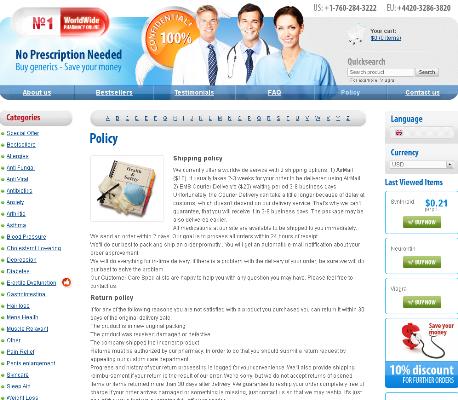Combining Amoxicillin with Other Medications: Safety Guide
Understanding Amoxicillin: How It Works in Your Body
Amoxicillin, part of the penicillin family of antibiotics, functions by targeting bacterial cell walls, causing them to weaken and eventually burst. This action effectively eliminates bacterial infections, making amoxicillin particularly useful in treating various conditions like strep throat, ear infections, and certain types of respiratory infections. When amoxicillin enters your body, it is quickly absorbed through the gastrointestinal tract and distributed via the bloodstream to the infected areas. Once at the site of infection, it disrupts the life cycle of the bacteria, providing relief and aiding recovery.
| Feature | Description |
|---|---|
| Absorption | Quickly through the gastrointestinal tract |
| Primary Action | Disrupts bacterial cell walls |
| Target | Bacterial infections like strep throat, ear infections, etc. |
Common Medications Often Combined with Amoxicillin

When used in combination with other medications, amoxicillin is frequently paired with drugs that combat a variety of conditions. For example, it is often prescribed alongside proton pump inhibitors like omeprazole to treat stomach ulcers caused by Helicobacter pylori. Additionally, doctors may prescribe it with other antibiotics, such as clavulanic acid, to enhance its effectiveness against bacteria that are resistant to amoxicillin alone.
Pain relievers like ibuprofen or acetaminophen are also commonly used concurrently with amoxicillin to alleviate symptoms such as fever or aches. Moreover, antihistamines may be combined to manage allergic reactions or cold symptoms. These combinations aim to provide comprehensive treatment and improve patient outcomes while minimizing discomfort.
Potential Drug Interactions to Be Aware of
Amoxicillin is commonly prescribed for bacterial infections, but when combined with other medications, caution is essential. Some drugs can interact with amoxicillin, altering its effectiveness or causing unwanted side effects. For instance, combining amoxicillin with allopurinol may increase the risk of skin reactions. Similarly, taking it with methotrexate can elevate methotrexate toxicity. Anticoagulants like warfarin also pose interaction risks, potentially affecting blood clotting. Knowing these potential interactions can help you manage your medications more safely and effectively. Always inform your healthcare provider about all the medications you are currently taking.
Safe Practices for Combining Amoxicillin with Other Drugs

When taking amoxicillin alongside other medications, always inform your healthcare provider about all the drugs and supplements you are currently using. This vital step ensures they can check for any potential interactions that might compromise the effectiveness of amoxicillin or cause adverse effects. Avoid mixing medications yourself without guidance, as even over-the-counter drugs can sometimes interfere with antibiotics.
Timing can also be crucial. Certain medications may need to be spaced differently when taken with amoxicillin to maximize efficacy and minimize side effects. For example, antacids can affect the absorption of amoxicillin, so it’s generally recommended to take them at least two hours apart. By adhering to your doctor’s recommendations, you can safely combine amoxicillin with other treatments, ensuring the best possible outcome.
Signs of Adverse Reactions and What to Do
When taking amoxicillin, it’s crucial to monitor for any unusual reactions. Common signs of adverse reactions include rashes, itching, swelling, dizziness, and difficulty breathing. If you experience any of these symptoms, it's essential to seek immediate medical attention. Additionally, gastrointestinal issues like severe diarrhea or abdominal pain may indicate a more serious reaction.
| Symptom | Action |
|---|---|
| Rashes/Itching | Consult your doctor |
| Swelling/Difficulty Breathing | Seek emergency help |
| Severe Diarrhea | Contact healthcare provider |
If mild reactions occur, such as minor skin irritation, it may be worth discussing with a healthcare provider to understand if you should stop taking amoxicillin. Always keep your doctor informed about all symptoms.
Consult Your Doctor: Importance of Professional Guidance
Your healthcare provider plays a crucial role in ensuring that the combination of Amoxicillin with other medications is both safe and effective. They possess the expertise to evaluate your medical history, current conditions, and any other medications you’re taking, which allows them to identify potential drug interactions and tailor treatments specifically to your needs.
Attempting to self-manage drug combinations without professional input can lead to unintended side effects or diminished effectiveness of treatments. Trust in your doctor’s guidance not only fosters better health outcomes but also provides you with peace of mind, knowing your treatment plan is rigorously monitored.

